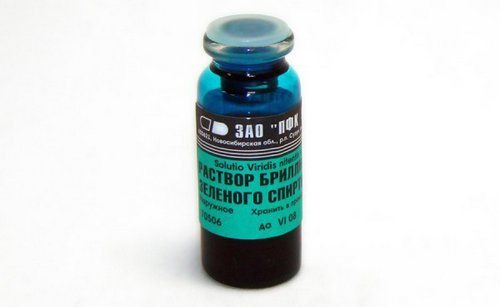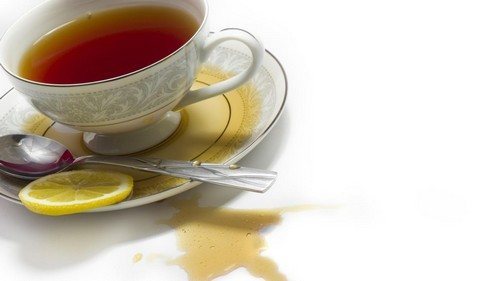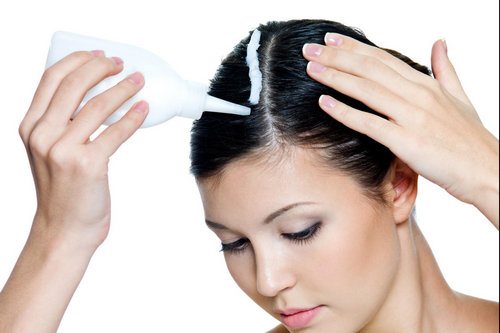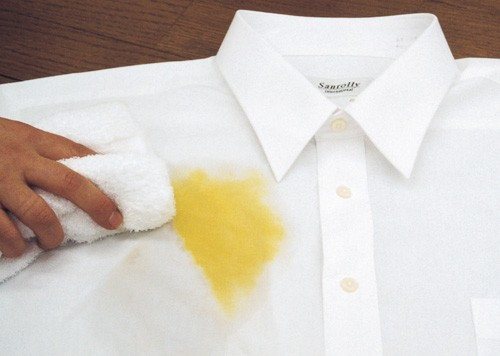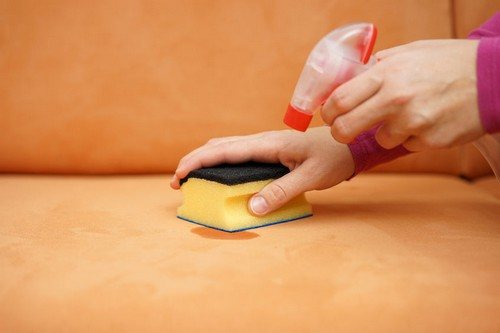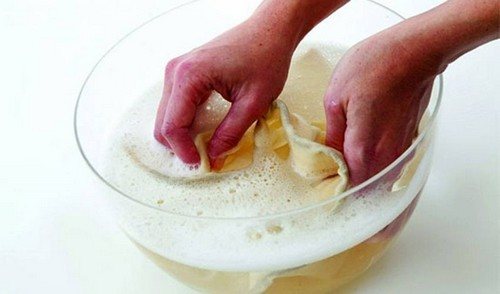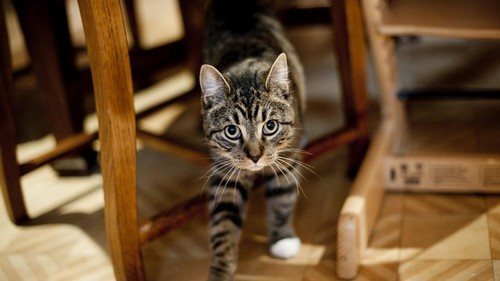Linoleum is one of the most popular floor coverings, which is universal and can be used in almost any room. But if you care for it incorrectly, the material will quickly take on a worn-out appearance, and its service life will be significantly reduced. It is important to know how to properly clean this type of coating. No matter how dirty your linoleum is, there are 6 safe ways to clean any stains on its surface.
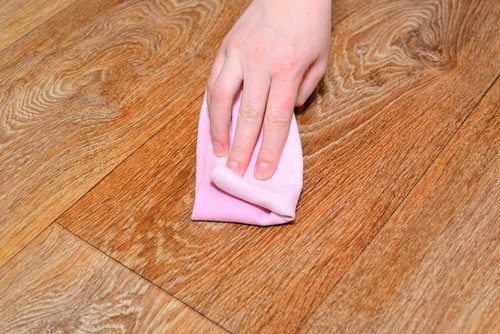
Industrial household products
Household chemicals contain toxic substances. Even products labeled “Eco” can pose a health risk, since their composition may not be 100% natural. But if you use chemicals in minimal quantities, following the instructions on the package, they can effectively deal with stains on the floor and not harm your health. Safe products for removing stains on linoleum:
- Sanclin – liquid for washing linoleum;
- HG Clean & Shine – a universal concentrated cleaner for washing linoleum and other vinyl surfaces;
- Emsal Shine is a universal liquid that removes stains, returns shine to linoleum and disinfects at the same time.
Each individual product has its own instructions, this must be taken into account. If you use cleaning chemicals in higher concentrations, they can damage the appearance of the coating.
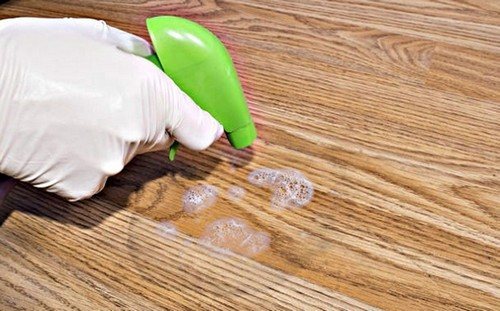
Citric acid solution
A cheap product that is found in every home will help keep linoleum in excellent condition - citric acid.You only need 1 teaspoon per 3 liters of warm water to wash up to 2-3 square meters of linoleum. If the contamination does not respond to this concentration, you can apply a stronger solution of citric acid locally, and then thoroughly rinse the treated area with clean water.
Steam cleaning
You can solve the problem of cleaning linoleum once and for all by purchasing a steam mop. There are models that can be used on high-quality linoleum without fear for its integrity. Steam removes the following stains:
- fat;
- glue;
- shoe marks;
- old, dried dirt;
- traces of tomato and other products with natural pigments.
You need to clean linoleum with a steam mop at the minimum temperature setting. If low-quality thin linoleum is exposed to steam, it may become deformed.
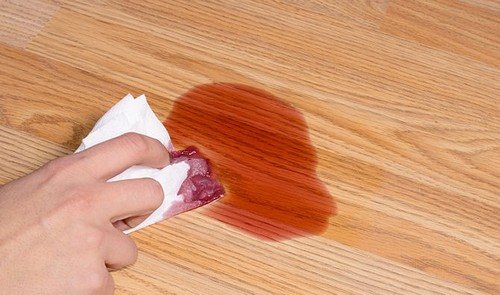
Use of solvents
Sometimes stains cannot be washed off with ordinary household products, since they cannot dissolve, for example, paint or ink. In such situations, you can use the following solvents:
- alcohol;
- solvent 646;
- White Spirit;
- refined gasoline.
The algorithm of actions is as follows: you need to moisten a piece of fabric with a solvent. Apply it to the contaminated area and slowly rub the stain in a circular motion. If after the first time there are traces or stains, it is worth repeating the procedure, but with another, clean piece of fabric.
Alkali
Some stains can only be removed with a concentrated alkali solution. Every home will probably have the following:
- laundry soap;
- soda ash or baking soda.
Laundry soap contains about 70% alkali, and soda in any form is carbonates in their purest form. To remove stains, you can use a paste of laundry soap locally - apply for 10-15 minutes, then rinse. Soda can only be used as a solution - you should not rub the coating with it dry, it will become dull, and scratches may be visible in daylight.
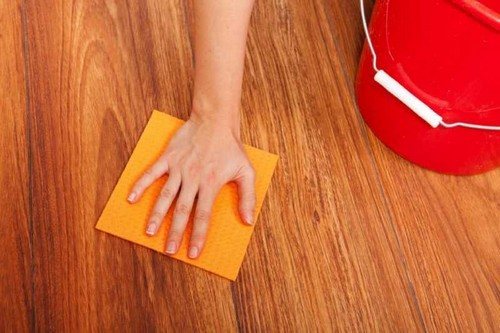
Using bleach
Stains that cannot be removed by household and industrial products can be removed with chlorine. Bleach copes with the following types of dirt:
- rust;
- mold;
- old dirt;
- hair dye;
- food colorings;
- ink;
- markers, felt-tip pens.
But it cannot be used in its pure form, you need to prepare a solution - no more than 50 ml per 1 liter of water. When working with bleach, you need to wear a respirator, and after cleaning, be sure to ventilate the room.
4 ways to wash panties from different stains


